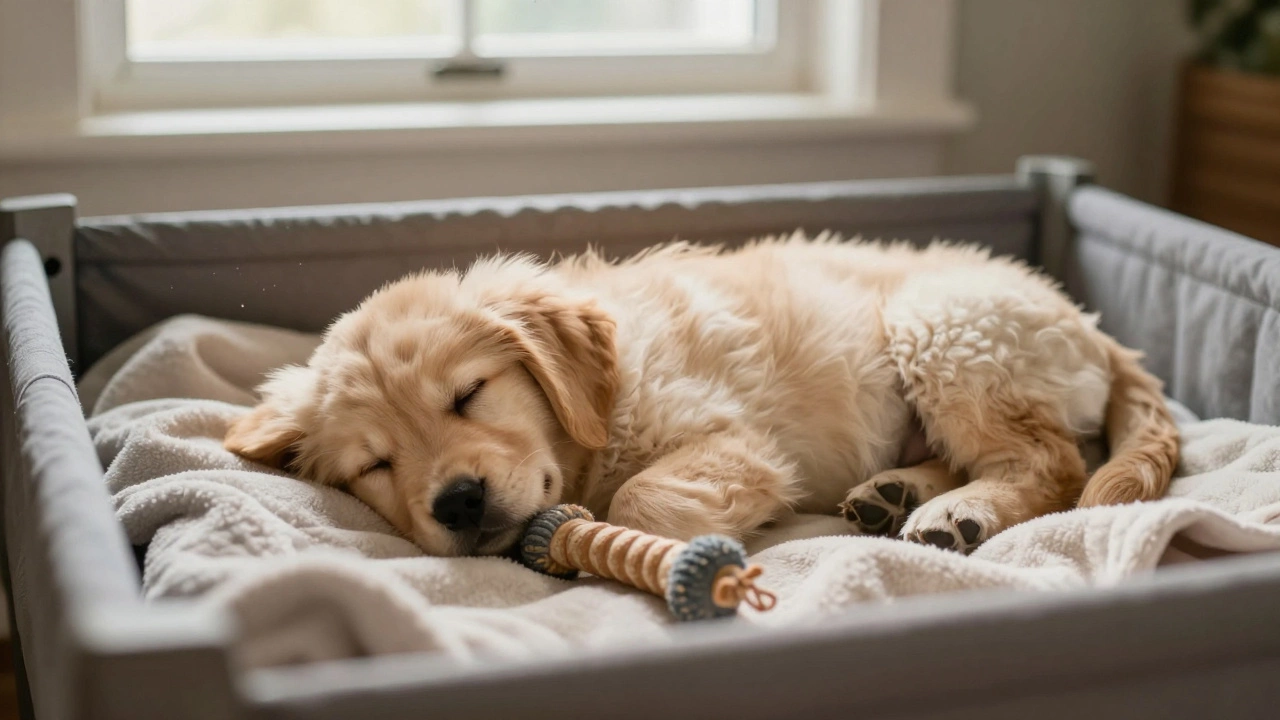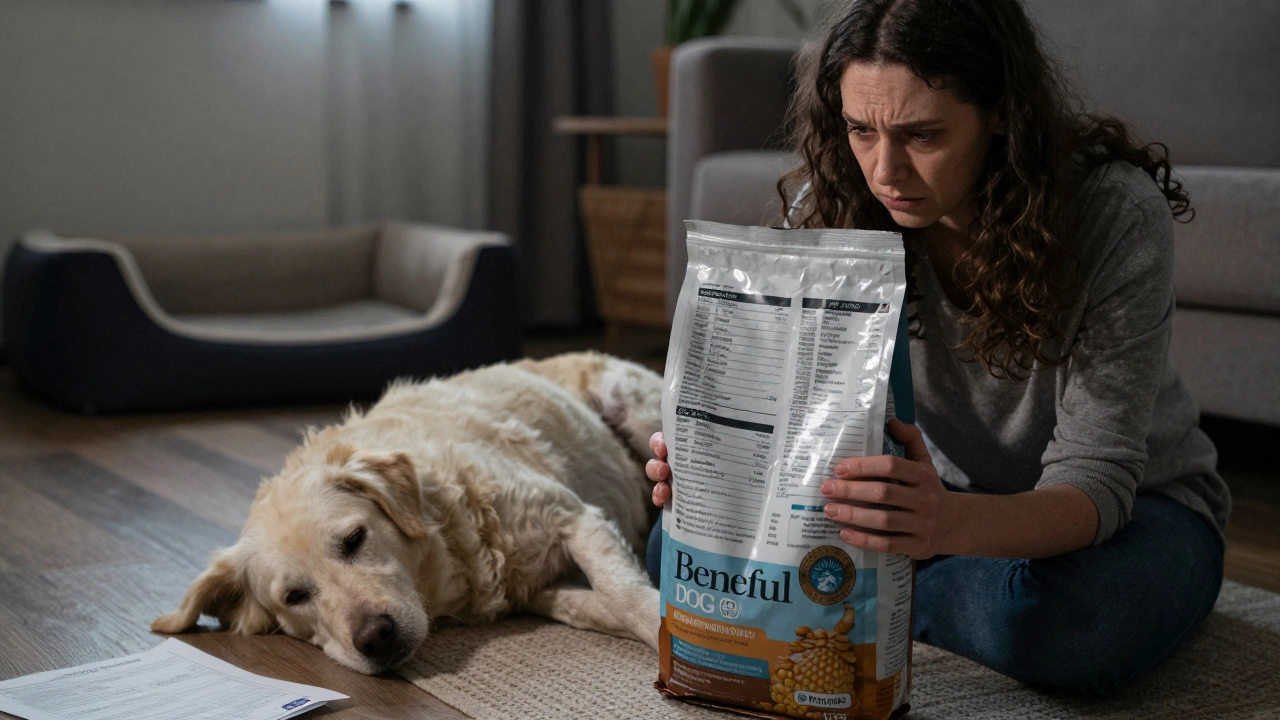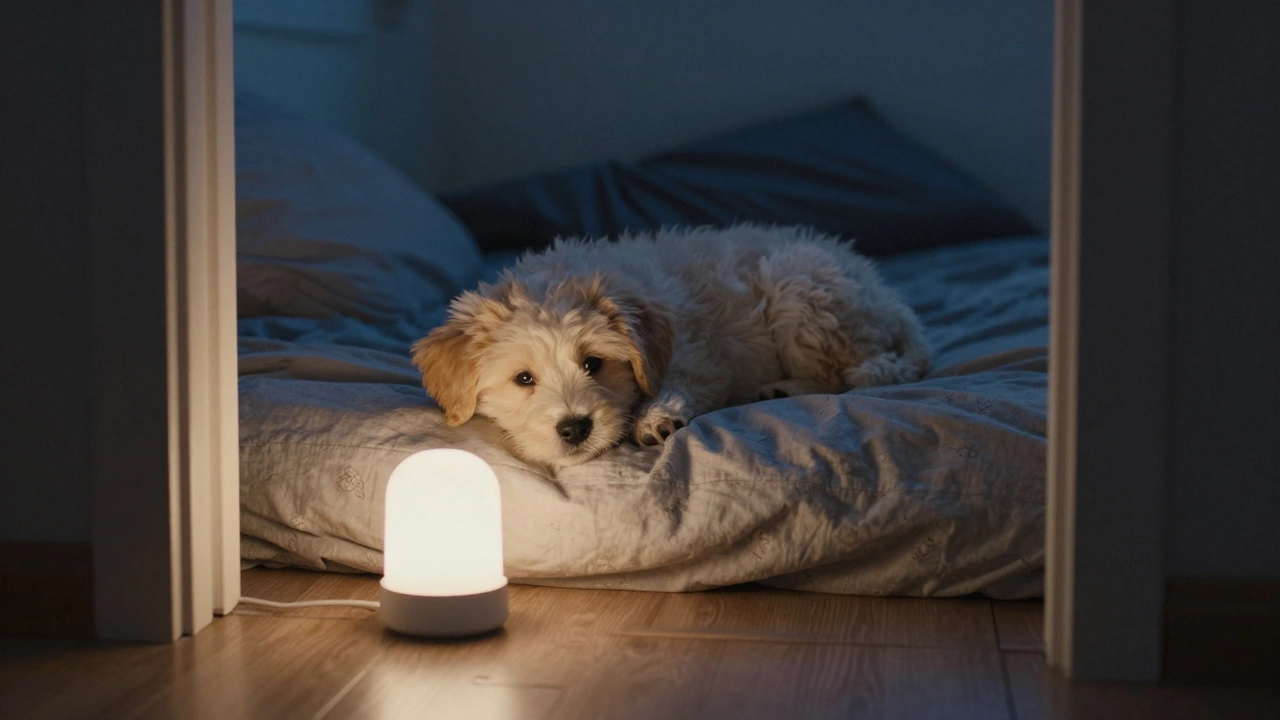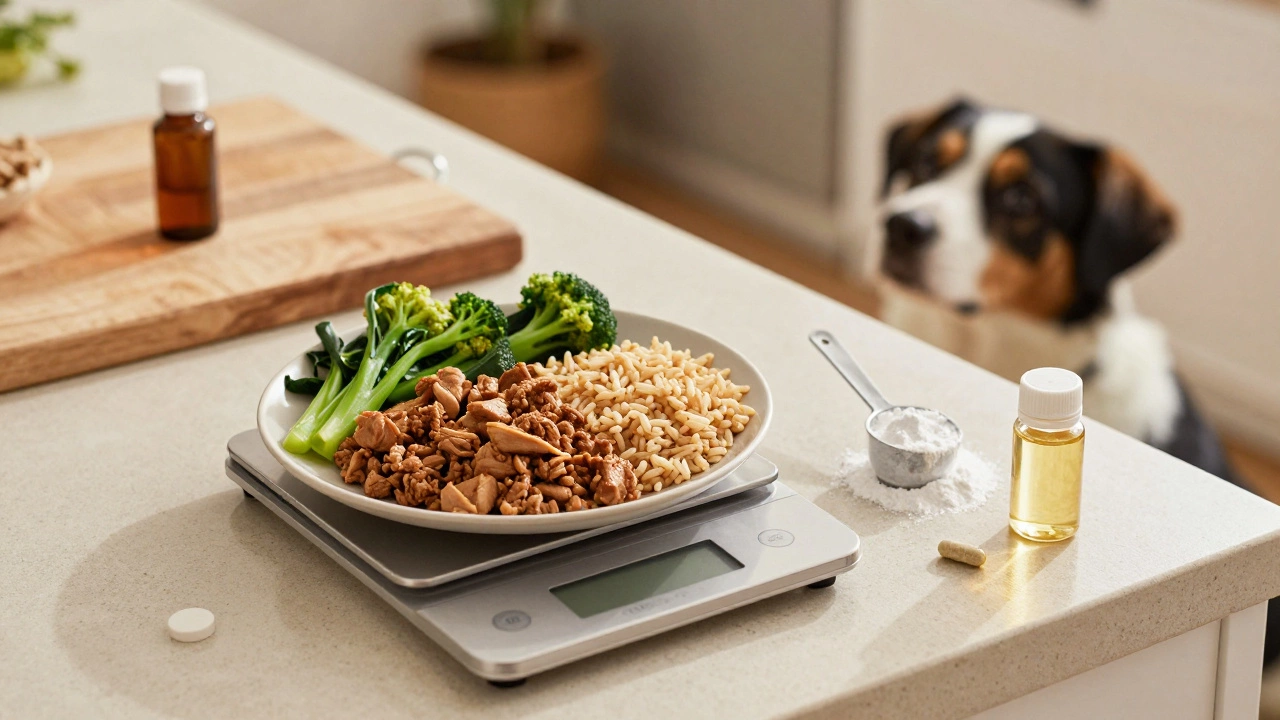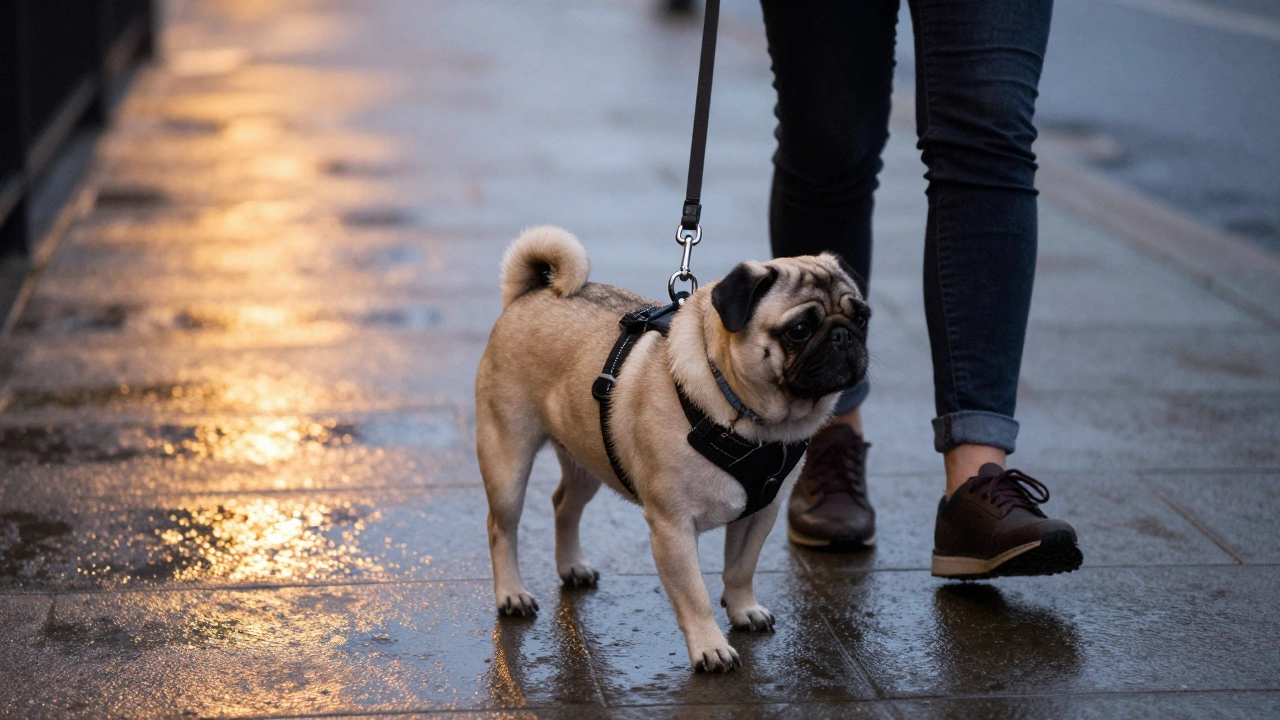Cat Food Access: How to Manage Feeding for Healthy, Happy Cats
When we talk about cat food access, the ability of a cat to reach and consume food at will or on a set schedule. Also known as free feeding, it’s not just about leaving a bowl out—it’s about how your cat’s body, instincts, and health respond to that access. Many owners think leaving food out all day is kinder, but for cats, it’s often the opposite. Cats are natural grazers, yes, but they’re also hunters with precise metabolic rhythms. Uncontrolled access to food leads to overeating, weight gain, and even diabetes. And when food is always there, it’s harder to notice when your cat stops eating—and that’s a red flag.
Then there’s wet vs dry cat food, two main forms of feline nutrition with very different impacts on hydration and digestion. Wet food has up to 80% water, which mimics the moisture content of prey. Dry food? Often under 10%. Cats don’t drink much on their own, so if you’re feeding only dry food, you’re asking them to get by on almost no water. That’s why many vets now recommend wet food as the base, especially for indoor cats. But here’s the catch: if you leave wet food out for hours because you’re worried about cat food access, it spoils fast. Bacteria grow. Your cat might turn their nose up. You end up wasting food—and maybe even making your cat sick.
And what about feline nutrition, the specific balance of protein, taurine, vitamins, and fats cats need to survive and thrive? Unlike dogs, cats can’t make certain nutrients on their own. They need animal-based protein. They need taurine—or they go blind. They need arachidonic acid—or their skin cracks. Cheap cat food might look like food, but it’s not nutrition. And if your cat has access to low-quality food all day, they’re not just getting fat—they’re slowly starving at a cellular level.
So what’s the right way to handle cat food access? Most experts agree: scheduled meals, not free choice. Two to three meals a day, measured portions, no leftovers sitting out. This gives you control. It lets you monitor appetite. It keeps your cat’s digestion steady. And if your cat is picky? That’s normal. Cats are designed to eat small, frequent meals in the wild—not gulp down a whole bowl at once. If they’re not eating, it’s not a tantrum—it’s a signal.
You’ll also find that cat food availability, how easy it is to find trusted brands and consistent formulas matters more than you think. Brands change recipes. Retailers stop carrying favorites. Petco pulled Fancy Feast from shelves not because it was bad—but because they wanted to push their own label. That’s why you need to know where your cat’s food comes from, what’s in it, and how to switch safely if you have to.
Below, you’ll find real stories and practical advice from cat owners who’ve been there—how they fixed picky eaters, stopped overfeeding, switched to wet food without chaos, and found reliable brands after their usual one disappeared. No fluff. No marketing. Just what works for cats—and the people who care for them.
Should Cats Have Access to Food All the Time? The Truth About Free Feeding
Leaving food out all day for cats seems convenient, but it can lead to obesity, diabetes, and digestive problems. Learn why scheduled meals are healthier and how to make the switch safely.


